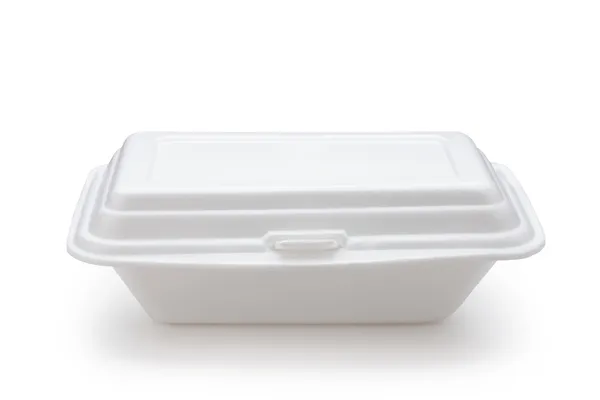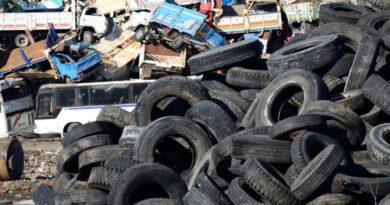Styrofoam Recycling Process: Complete Beginners Guide
Styrofoam recycling is a process that many people are not familiar with, yet it is the most commonly used material in the world. Styrofoam is usually used for coffee cups, food purposes, packaging, insulation of new products, and more.
However, this article will provide a complete beginner’s guide to Styrofoam recycling.
Over the years, many questions have been asked whether one can recycle Styrofoam.
Yes, Styrofoam can be recycled and in the United States, it is one of the most commonly used recycled materials.
It is a type of plastic that is commonly used in packaging and insulation.
It is made of polystyrene, which is a type of plastic that is not biodegradable.
This means that it will not decompose naturally over time and is not sinkable.
Before you start to ask certain related questions like: Can you recycle Styrofoam, Styrofoam recycling near me, Styrofoam recycling Portland, Styrofoam recycling Seattle, Portland Styrofoam recycling, Styrofoam recycling nyc, Styrofoam recycling Denver, Styrofoam recycling Tigard, etc. Let’s first take you through the Styrofoam recycling process:
Read Also: Ways to Dispose Styrofoam Waste Properly
Styrofoam Recycling Process

When it comes to the recycling process of Styrofoam, there are a few different methods involved, which include: a collection of Styrofoam from different locations; sorting them out by their types or colors; cleaning off debris and other contaminants; chopping them off into smaller pieces; and lastly, melting them into a new product.
1. Collection of Styrofoam From Different Sources
The first step involved in the recycling of Styrofoam is to collect all unused or used Styrofoam from different locations.
When collecting this Styrofoam waste, it can be done in a variety of ways.
It can be done through people donating to a recycling firm directly or indirectly, or by them disposing of it in a recycling can.
Styrofoam contributes to 30% of the waste going into the landfill daily and recycling them has helped the environment by reducing pollutants and contaminants.
Read Also: Styrofoam Recycling Comprehensive Guide
2. Sort them
After they are collected from different locations, the next step involved in the recycling process is to sort them out.
This can be done by categorizing them by their types and colors. However, this isn’t done in most recycling firms.
3. Clean Them Up
After they have been collected and categorized into their types and colors, the next step involved in the recycling process is to clean them up.
Sometimes, they are filled with debris and contaminants, and without cleaning them up, they will disrupt the recycling processes.
Read Also: Guide on How to Produce Bar Soap/Tablet Soaps
4. Chop Them Into Smaller Pieces
The next step involved in the recycling process is to chop them into smaller pieces.
However, this cannot be done if the Styrofoam is not collected first.
Once the Styrofoam is collected from different locations, it is sent to a recycling center.
This is because there’s no other easy way to recycle your Styrofoam waste than to send it to a recycling firm.
However, not many recycling centers accept Styrofoam, so it may be difficult to locate one.
At the recycling firm, they are chopped into smaller pieces, which can be done by the use of machines or bare hands.
However, the usage of machines is the best.
Read Also: Health Benefits of eating Crayfish
3. Melt Them Down Into A New Product

And finally, the next stage involved in the recycling process of Styrofoam is to melt it down into a new product.
Once the Styrofoam is chopped into small pieces, it is melted down and reformed into new Styrofoam products.
The reformed Styrofoam can be used to make cups, plates, or any other Styrofoam product. The recycling process is simple and easy to do.
It can be done by anyone, and it doesn’t require a lot of knowledge.
Read Also: Feed Formulation and Feeding Trough for Snails



